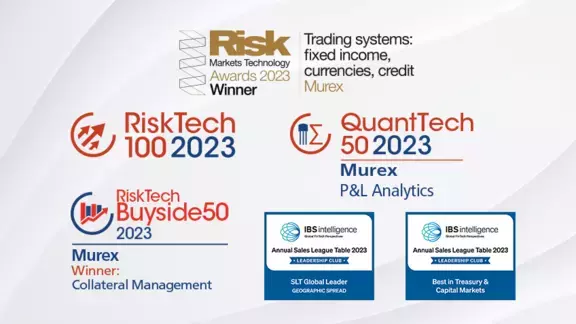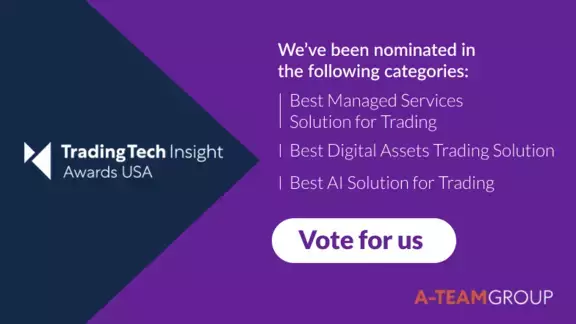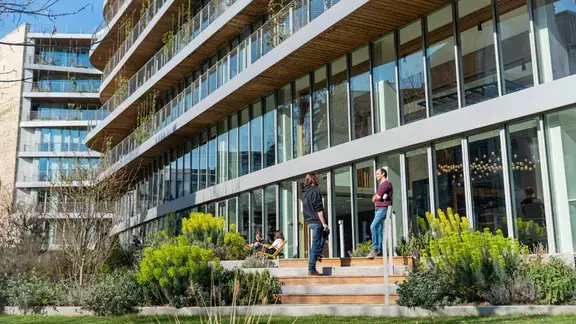-
Our solutions
- Our clients

With 300 clients and 60,000 users spread across 60 countries around the world, Murex has a truly international client base of capital markets participants.
view all case studies- Insights
- Who we are

Our awards highlight a strong level of customer satisfaction and acknowledge our market expertise.
Visit our awards webpage- Our partners
- Careers
The Power of Learning within a Community
In-House Group Learning Drove Innovation, Fostered Post-Course Teamwork and Enhanced Client Service
Paris, France – November 5, 2020
By Farah Oubari, Client Services Manager
What is the most efficient way to upskill delivery teams on a new, software solution pegged to imminent regulatory deadlines? Fostering an environment conducive to collaborative learning—giving, really—was significant in a recent Murex training success.
Meeting and staying ahead of regulatory change in the capital markets is essential for Murex. We faced a situation where concurrent, related projects were expected to kick off around the same time, in the coming months, which meant upskilling consultants quickly and at scale. We began to think creatively about how to rapidly train consultants to deliver a high-quality project with optimal operational efficiency.
We knew we could enroll consultants in a training course—really, a traditional, classroom-based learning experience—on the new solution and equip them to apply what they learned as part of the projects. A so-called night school method of learning would inundate the consultants with information they wouldn’t fully retain, if the forgetting curve is a real thing.
We wanted a stickier, collaborative group model-style of learning. So, we built one.
A core EU-based team launched a group learning session that put 10 participants from different organizational teams through the paces of a customer-centric project internally, removing the pressure to execute in real time. Unused to each other, they learned and collaborated, adapting to each other’s styles.
We gave consultants the required pre-requisite training and presented them with business requirements to deliver the solution. Each group had to implement, test and present their delivery by the end of the program. We optimized the internal project so that it could be completed in a few weeks and installed a buffer ahead of project kick-off dates.
Members had knowledge-sharing sessions with colleagues from other groups as they met weekly to share results, problems faced and lessons learned. They helped each other solve issues and centralize valuable info. Collaborative group interactions did not end with the closure of the program—a real community thrived months after the “academy” ceased. This community easily onboarded new joiners. Members continued to meet, exchange information, and help each other while working on customer project delivery. Further, they provided regular consolidated feedback to our product teams, which helped continuously improve the solution we offer.
A few months later, we took a step back to observe the results.
-
Murex team members learned and retained more in the group learning than they would have in a standard training and carried collaborative ways of working beyond the group.
-
Murex customers benefited from high-quality deliverables and a trusted advisory service thanks to the expertise acquired by our teams and all the capitalization done across projects.
-
Murex was able to demonstrate better preparedness as well as a high return on investment. We scored on both customer satisfaction and operational efficiency.
Our experiment fostered an environment of “giving.” When an individual helps community members, they also expect and seek out help. By using a group learning format, everyone was teaching everyone and everyone was helping everyone. Even members disinclined to giving and sharing began doing so. Around 20 people are now involved. Key players are upskilled already, and what began as a learning experience has become refocused on capitalization as team members have gained experience.
In his bestseller “Give and Take,” Adam Grant writes about how “giver” behavior pays off in the long term in business and life. In this instance, it was exciting to see one team executing one project in a way that fostered openness, giving and input. Team members were approaching the exercise with a level of engagement that was deeply encouraging. This interchange was more about sharing; the environment fostered a truly virtuous cycle.
The giving interchange we witnessed was representative of the lasting impact Grant describes. I strongly believe that organizations across sectors should encourage a giving mindset and initiatives that reinforce giving practices in the workplace. Learning communities are just one example of the tangible benefits such an approach can provide.
You might be interested in ...
- Our clients


